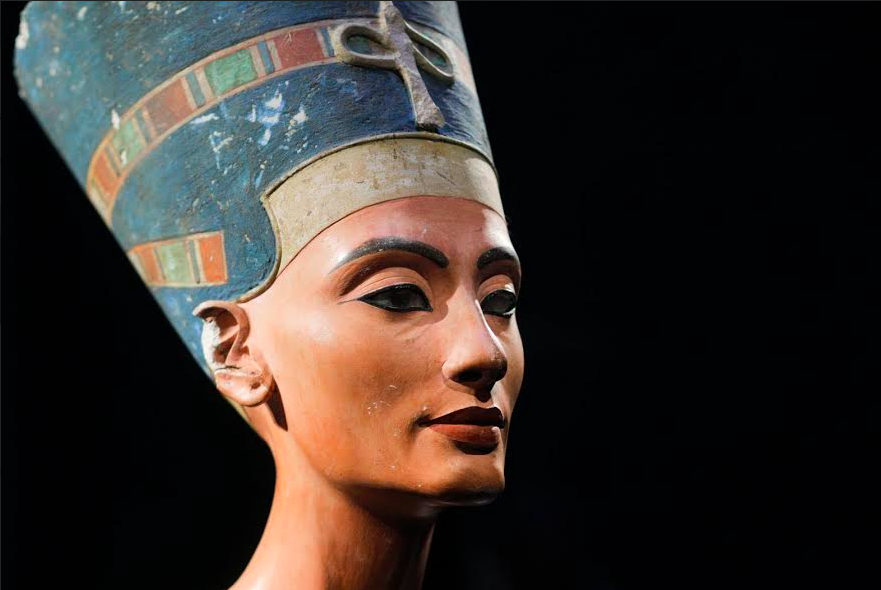Egyptian Tombs: a Labyrinth of Potential Discoveries
For years, many archaeologists have speculated about the whereabouts of Nefertiti’s remains. The location of her tomb is one of the biggest Egyptian mysteries, and she is the last mummy from King Tut’s dynasty to be found. Recently, however, Egyptologist Nicholas Reeves may have located the remains of the queen consort.
It all began when Factum Arte, a Spanish group of preservation specialists, made high resolution scans of Tutankhamun’s tomb, which was discovered by Howard Carter in 1922. Dr. Reeves, a University of Arizona archaeologist, studied these scans, and eventually developed a theory that could solve many mysteries about Egypt’s 18th dynasty. Upon seeing numerous cracks on the walls of Tutankhamun’s tomb, Dr. Reeves suspected that there were two previously concealed doors. One of the doors could lead to a storeroom, whilst the other could lead to many an archaeologist’s dream find: Nefertiti’s remains.
There is a very peculiar characteristic of King Tut’s tomb: it is considerably smaller than the other pyramids of Egyptian pharaohs. Many speculate this is due to the young king’s short reign, which lasted for about ten years. However, this could also be due to the fact that the tomb was made for Nefertiti, and the boy was buried with his believed-to-be mother. Furthermore, the tomb’s main axis is pointed towards the right entrance shaft, which according to archaeologists, is a typical structure for Egyptian queens, rather than Egyptian pharaohs. Not to mention that the construction of this tomb had different stages, leading Dr. Reeves to suspect that a corridor, which is hidden by the two previously concealed doors, would lead to a queen’s burial chamber.
Does this mean that a great puzzle has finally been solved? “This is a theory. It’s pretty well founded, in that it is based on photographic facts. But it is only a theory,” Dr. Reeves said to the Telegraph. Thus, the thesis would be proven by steps, in which the first one would be archaeologists having to carry out a radar survey. According to him, this is something very simple and could even be done in a day. Dr. Reeves went further on to say, “And if there is something there, then it will get complicated. […] we would need to do a whole lot of research before we went drilling in with fibre optic cameras.”
“If I’m wrong, I’m wrong,” the University of Arizona archaeologist told the Economist. “But if I’m right this is potentially the biggest archaeological discovery ever made.”
According to Egyptologist Joyce Tyldesley from the University of Manchester, if Dr. Reeves’ hypothesis is indeed correct, “It would be absolutely brilliant.” After all, by finding the iconic Egyptian queen’s remains, archaeologists may finally be able to solve some of the mysteries of King Tut’s tomb, as well as understand more about the Egyptian monarchy itself. In addition to bringing more insight on ancient Egypt, perhaps this potential discovery could also help contemporary Egypt’s position. It could stimulate the people’s interest in historical sites and therefore help improve Egypt’s economy with tourism.
Ultimately, it is important to keep an open mind when it comes to history; the past can always impact the course of the future.
Sources: BBC, Washington Post, The Economist










